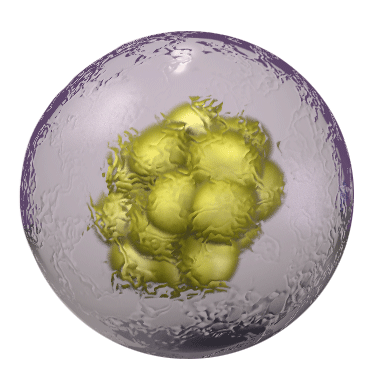How to maintain hematopoietic stem cells
Hematopoiesis provides the body with a continuous supply of blood cells (see the Perspective by Sommerkamp and Trumpp). Taya et al. report that amino acid content is important for hematopoietic stem cell (HSC) maintenance in vitro and in vivo. Dietary valine restriction seems to “empty” the mouse bone marrow niche. Ito et al. used single-cell approaches and cell transplantation to identify a subset of HSCs at the top of the HSC hierarchy. Self-renewal relied on the induction of mitophagy, a quality-control process linked to a cell’s metabolic state. Both studies may be helpful in improving clinical bone marrow transplantation.
Abstract
A single hematopoietic stem cell (HSC) is capable of reconstituting hematopoiesis and maintaining homeostasis by balancing self-renewal and cell differentiation. The mechanisms of HSC division balance, however, are not yet defined. Here we demonstrate, by characterizing at the single-cell level a purified and minimally heterogeneous murine Tie2+ HSC population, that these top hierarchical HSCs preferentially undergo symmetric divisions. The induction of mitophagy, a quality control process in mitochondria, plays an essential role in self-renewing expansion of Tie2+ HSCs. Activation of the PPAR (peroxisome proliferator–activated receptor)–fatty acid oxidation pathway promotes expansion of Tie2+ HSCs through enhanced Parkin recruitment in mitochondria. These metabolic pathways are conserved in human TIE2+ HSCs. Our data thus identify mitophagy as a key mechanism of HSC expansion and suggest potential methods of cell-fate manipulation through metabolic pathways.







